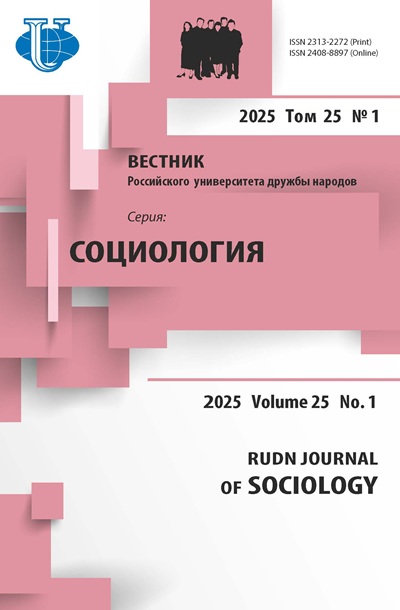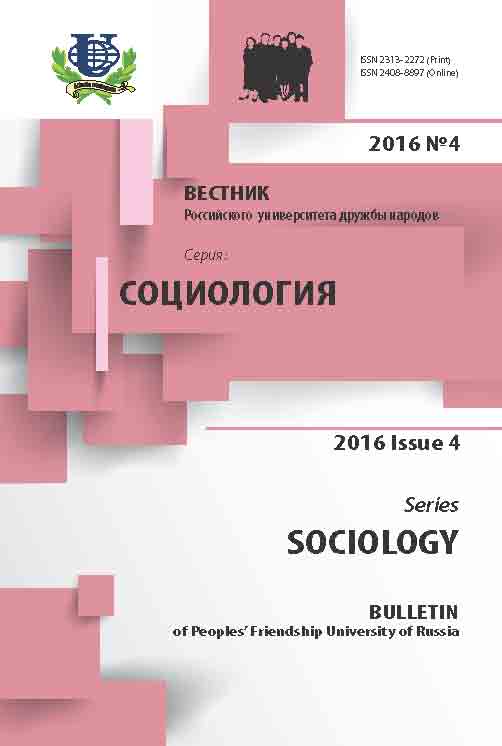Abstract
The article considers social inequality as a key feature of the development of the contemporary society and social sciences. On the one hand, it is an objective and progressive process without which successful (creative) development of society and individual is impossible; on the other hand, it may lead to dramatic social stratification, provoke a growth of social tensions, and destabilize society. In the Russian scientific discourse the social inequalities and their consequences are explained with the help of two concepts - social-stratification structure, i.e. a multidimensionally organized social space in which social groups differ in terms of possession of power, property and social status; and social strata , i.e. social-economic groups occupying different and unequal places in the macro-social system. The author uses a wide range of empirical (statistical and sociological) data to present the picture of social model in the contemporary Russian society focusing on the dramatic stratification in terms of wealth and the income gap (the decile ratio) widening to a critical mark; interpreting the Russian data in the international context (the current and optimum decile ratio in different countries); identifying statistical and sociological indicators for measuring different aspects of social inequality (for instance, the differentiation of incomes as the deviation of the actual income distribution from absolutely equal); emphasizing regional differences in social inequalities in Russia; and discussing possible mechanisms and means of mitigating social inequalities. The second part of the article presents the results of the national sociological research conducted by the experts of the Institute of Sociology and underlies some other dimensions of social inequalities as gender relations and an access to modern computer technologies and telecommunications and their correct use. The author concludes that the high level of social-economic and other types of inequalities in Russia undermines the social capital of the society and forms an enduring “culture of inequality” which is marked by a high level of aggression and a low level of cohesion.














